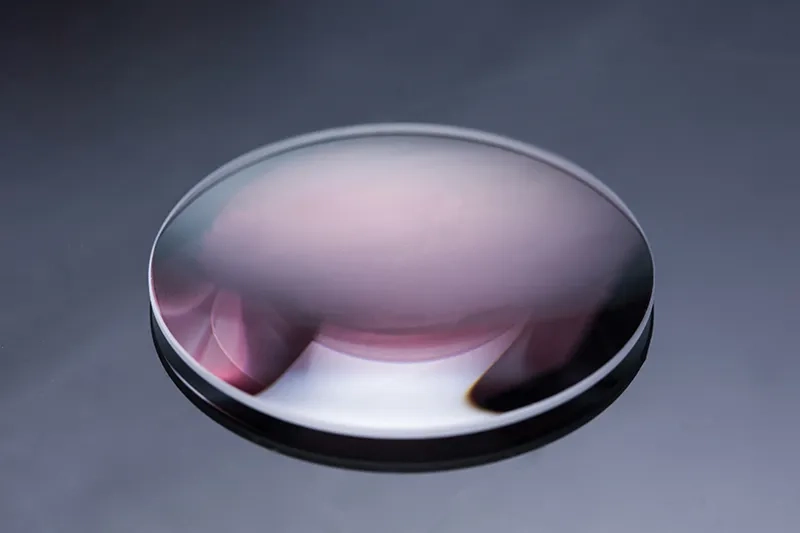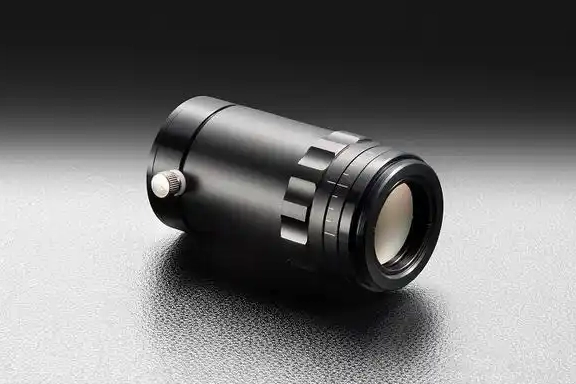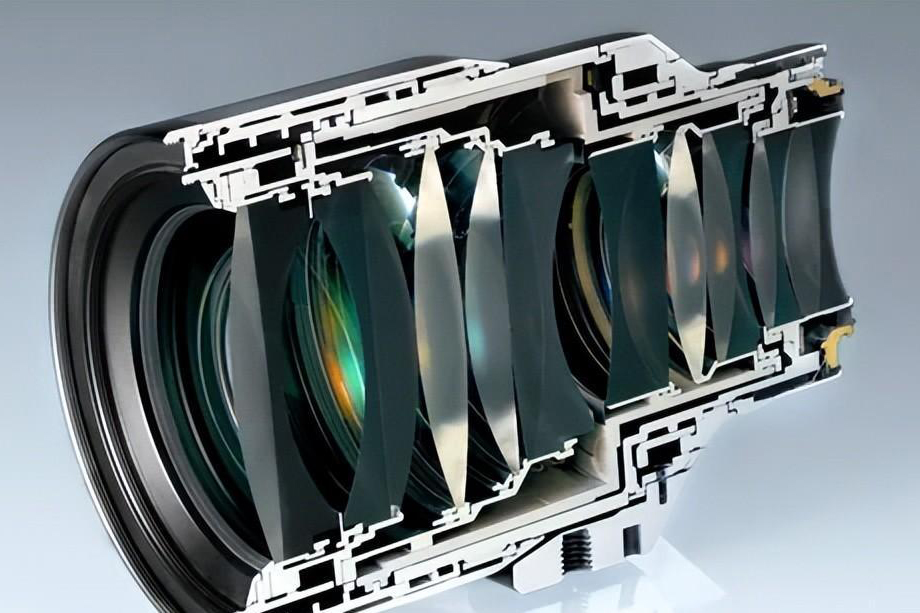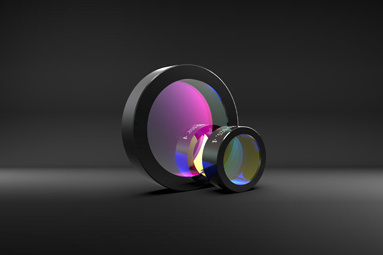Optical coating
Classification:
Product Introduction
Optical coating refers to the process of depositing a single or multiple layers of metallic or dielectric thin films onto the surface of optical components. The purpose of coating the surface of optical components is to reduce or increase light reflection, beam splitting, color separation, filtering, polarization, and other requirements. Common coating methods include vacuum coating (a type of physical coating) and chemical coating.
• The company has independent mass coating capabilities from 257nm to over 40µm
• High-quality coating partners can perform ultraviolet (UV) coatings from 13.5nm to 257nm and infrared (IR) coatings from 3µm to 12µm
• Customizable coating designs from ultraviolet to short-wave infrared spectral ranges are available.
• Anti-reflection, high-reflection, filtering, polarization, beam splitting, and metal designs
• High laser-induced damage threshold (LIDT) and ultrafast laser coating
Key words:
Lens series
Prism and flat sheet
Previous Page
Next Page

Any more questions?
DuChuang photoelectric service for you!
Related Products
Laser splitting components include gratings, laser cube prisms, laser polarization cube prisms, and harmonic separators.
Imaging lenses are crucial components in optical systems, responsible for capturing and recording images. Through a combination of lenses, they gather light emitted from external objects and project a clear image onto an image sensor. The performance and design of imaging lenses directly impact the quality and clarity of the image.
Optical coating refers to the process of depositing a single or multiple layers of metallic or dielectric thin films onto the surface of optical components. The purpose of coating optical components is to reduce or increase light reflection, beam splitting, color separation, filtering, polarization, etc. Common coating methods include vacuum deposition (a type of physical deposition) and chemical deposition.
Absorptive optical filter glass
A filter is an optical filter. It can filter out unwanted spectral components or interfering light in the incident light, reduce interference components in the background, improve the contrast of the target to the background, and thus improve the signal-to-noise ratio of the system.
Copyright©2025 Nanyang DuChuang Optoelectronic Technology Co., Ltd.





